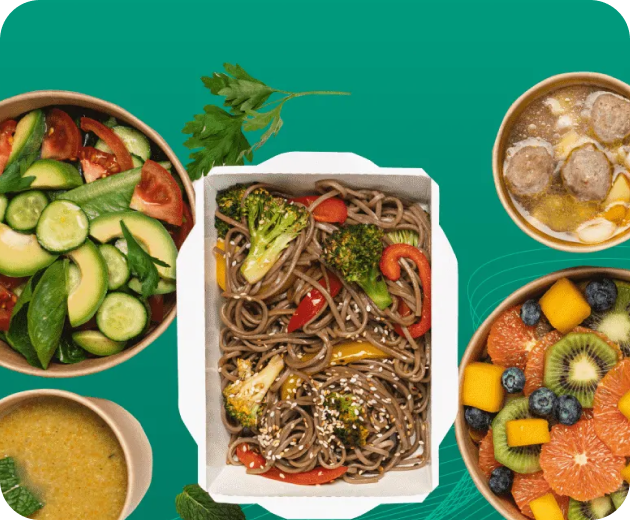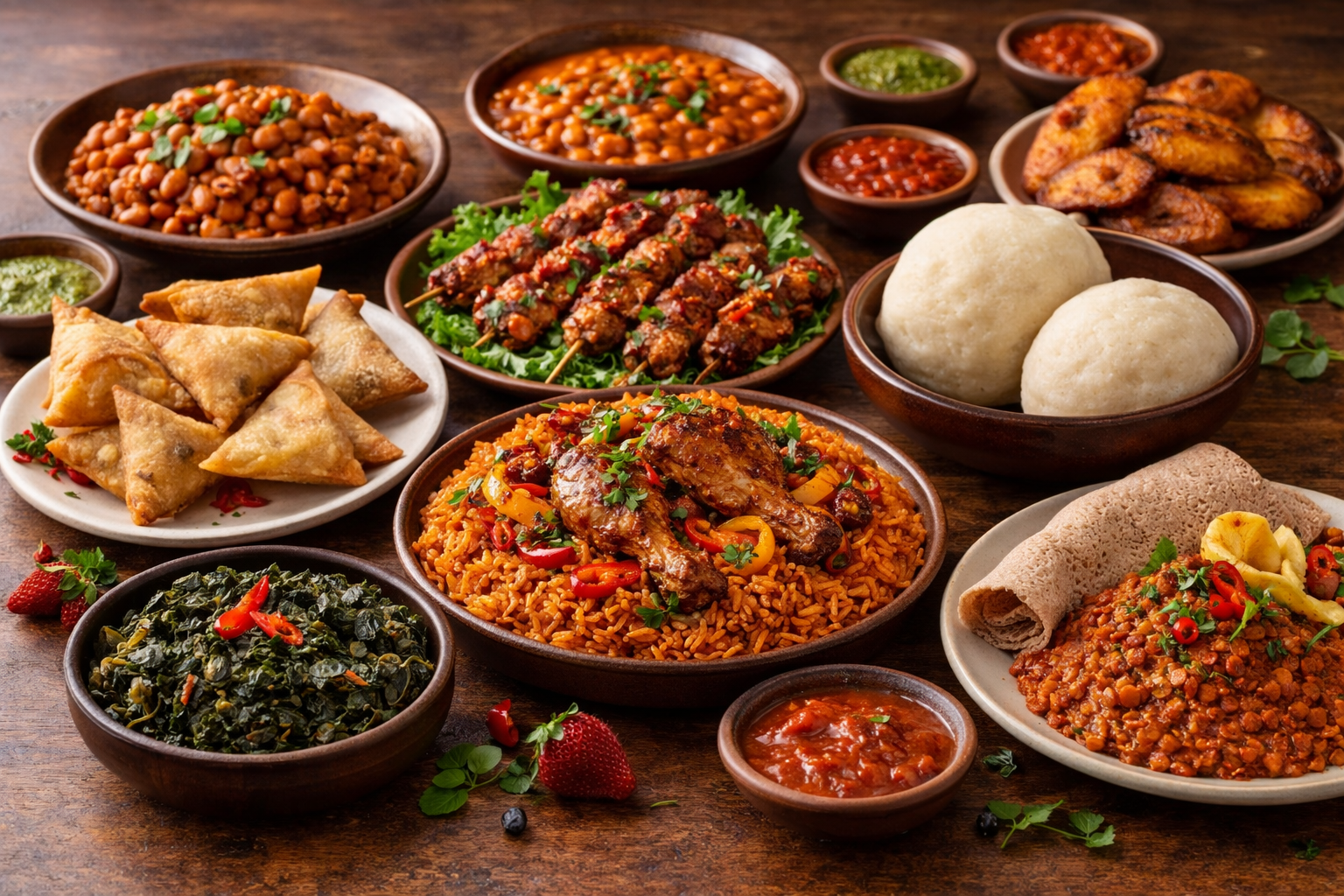Menu Ideation Tips for the Evolving Foodscape
With restaurant inflation affecting food costs, chefs and restaurateurs must be innovative to stay profitable, so restaurant menu planning is more crucial than ever.
To maintain customer satisfaction and manage costs, leveraging menu ideation strategies to stay ahead of menu trends is essential.
Let’s explore more about menu ideation including tips for success and staying relevant in the evolving foodscape.
What is Menu Ideation?
Menu ideation is the process of developing new menu items and optimizing existing ones to align with customer preferences and market demands.
This process involves brainstorming, researching, and testing to create dishes that not only taste great but also offer a unique dining experience.
The goal is to craft a creative menu that excites customers, meets dietary trends, and fits the operational capabilities of the restaurant.
Renowned for her appearances on Food Network and her contributions to the New York City culinary scene, Esther Choi encapsulates this approach perfectly:
“When I create any dish, literally the first thing I think of is, what is the purpose behind this dish? Why am I putting this ingredient in it?”.
How Does The Restaurant Industry Embrace Menu Ideation?
The restaurant industry in the United States is a true powerhouse, boasting a staggering growth trajectory. Between 2000 and 2023, restaurant sales skyrocketed from $379 billion to just over $1 trillion.
This phenomenal rise isn’t simply a reflection of our growing population; it speaks to the fundamental role restaurants play in American life.
For a majority of adults (a whopping 60%), restaurants are considered essential. Nearly everyone – a staggering 9 in 10 people – finds joy in the experience of dining out.
This deep connection goes far beyond mere sustenance. It’s an emotional, sensorial, and cultural experience that keeps customers coming back for more.
As such, restaurants must continually innovate and evolve their menus to attract and retain customers. Menu ideation is a key component of this strategy.
How Menu Ideation Contributes to a Successful Food Business
Customer satisfaction
Understanding and predicting what customers want leads to higher satisfaction rates. When diners find options that cater to their tastes and dietary needs, they are more likely to return.
Cost management
Effective restaurant menu planning helps control food costs and minimize waste. By strategically selecting ingredients that are in season and affordable, restaurants can offer high-quality dishes without breaking the bank.
Brand differentiation
Unique and well-thought-out menus set a restaurant apart from the competition. Incorporating culinary innovations and current menu trends can position a restaurant as a leader in the industry.
Operational efficiency
A well-designed menu streamlines kitchen operations. It ensures that the kitchen staff can prepare dishes efficiently, reducing wait times and enhancing the overall dining experience.
Menu Ideation Tips for a Successful Foodservice Business
Understand your audience
Know your target market. Are they health-conscious? Do they prefer comfort food or exotic dishes? Tailoring your menu to meet these preferences is key.
For example, if your restaurant is located near a gym, consider offering protein-packed salads and smoothie bowls.
If your clientele enjoys comfort food, feature items like mac and cheese with a gourmet twist or hearty meatloaf.
Incorporate seasonal ingredients
Use fresh, in-season ingredients to enhance flavor and reduce costs. Seasonal menus keep the dining experience exciting and relevant.
For instance, in the fall, create dishes with pumpkin, squash, and apples. In the summer, focus on dishes with fresh berries, tomatoes, and corn.
This not only keeps your menu fresh but also highlights the best flavors each season has to offer.
Balance creativity with practicality
While innovation is important, the dishes must be feasible for your kitchen to produce consistently. Ensure your staff has the skills and resources needed to execute the menu items.
For example, if you’re introducing a new fusion dish like Korean BBQ tacos, make sure your kitchen can handle the preparation and ingredients required without slowing down service.
Keep an eye on trends
Stay informed about emerging menu trends. For instance, plant-based dishes and sustainable practices are gaining popularity. Integrating these trends can attract new customers and retain existing ones.
This includes not just long-term trends like plant-based options, but also seasonal and holiday-driven menu items.
For example, rainbow bagels might be popular during Pride Month, so you may want to consider adding Pride-themed items to your menu, while green menu items take center stage around St. Patrick’s Day.
Capitalizing on these trends with creative dishes can attract new customers and boost sales throughout the year.
Additionally, consider incorporating sustainable practices like locally sourced ingredients or reducing food waste.
For example, you might add a Beyond Meat burger or a jackfruit taco to cater to the growing vegan and vegetarian market.
Test and get feedback
Before launching new dishes, test them and gather feedback from staff and customers. This step ensures that the new items will be well-received and allows for adjustments based on practical insights.
For example, host a tasting event where regular customers can sample new dishes and provide feedback. Use their comments to fine-tune the flavors and presentation before adding the dishes to the menu.
Price strategically
Consider the impact of restaurant inflation when setting prices. Ensure that your pricing strategy covers costs while remaining attractive to customers.
For example, if ingredient costs rise, you might adjust portion sizes or introduce combo deals to provide value without significantly increasing prices.
Make sure your pricing reflects the quality and uniqueness of your dishes, balancing affordability with profitability.
Modern technology offers exciting tools to enhance menu ideation. AI-powered platforms can analyze vast sets of consumer data, revealing trending flavors, popular cuisines, and dietary preferences within your specific location.
This empowers you to create dishes that resonate directly with your target audience. Furthermore, these platforms can delve into foodservice data, providing insights into seasonal produce trends and pricing fluctuations.
This allows you to design menus that prioritize fresh, affordable ingredients, keeping your offerings exciting and cost-effective.
By embracing AI-powered menu ideation, you can gain valuable insights and make strategic decisions to stay ahead of the curve in a competitive market.
Tastewise, a GenAI-powered consumer data platform, can assist in this process by providing valuable insights into consumer preferences, helping you to stay ahead of trends, validate concepts, and execute campaigns flawlessly.
FAQs
Effective menu ideation draws from social media trends, competitor menus, customer reviews, sales data, and AI-driven platforms like Tastewise. This blend ensures new ideas align with consumer preferences.
Start with a trend’s core flavor or ingredient, then adapt it to fit your brand identity and kitchen capabilities. Testing with seasonal LTOs helps gauge response before a full rollout.
Regional tastes shape expectations for ingredients, flavor profiles, and presentation. Hyper-local insights help brands create relevant offerings that drive traffic and loyalty in specific markets.




